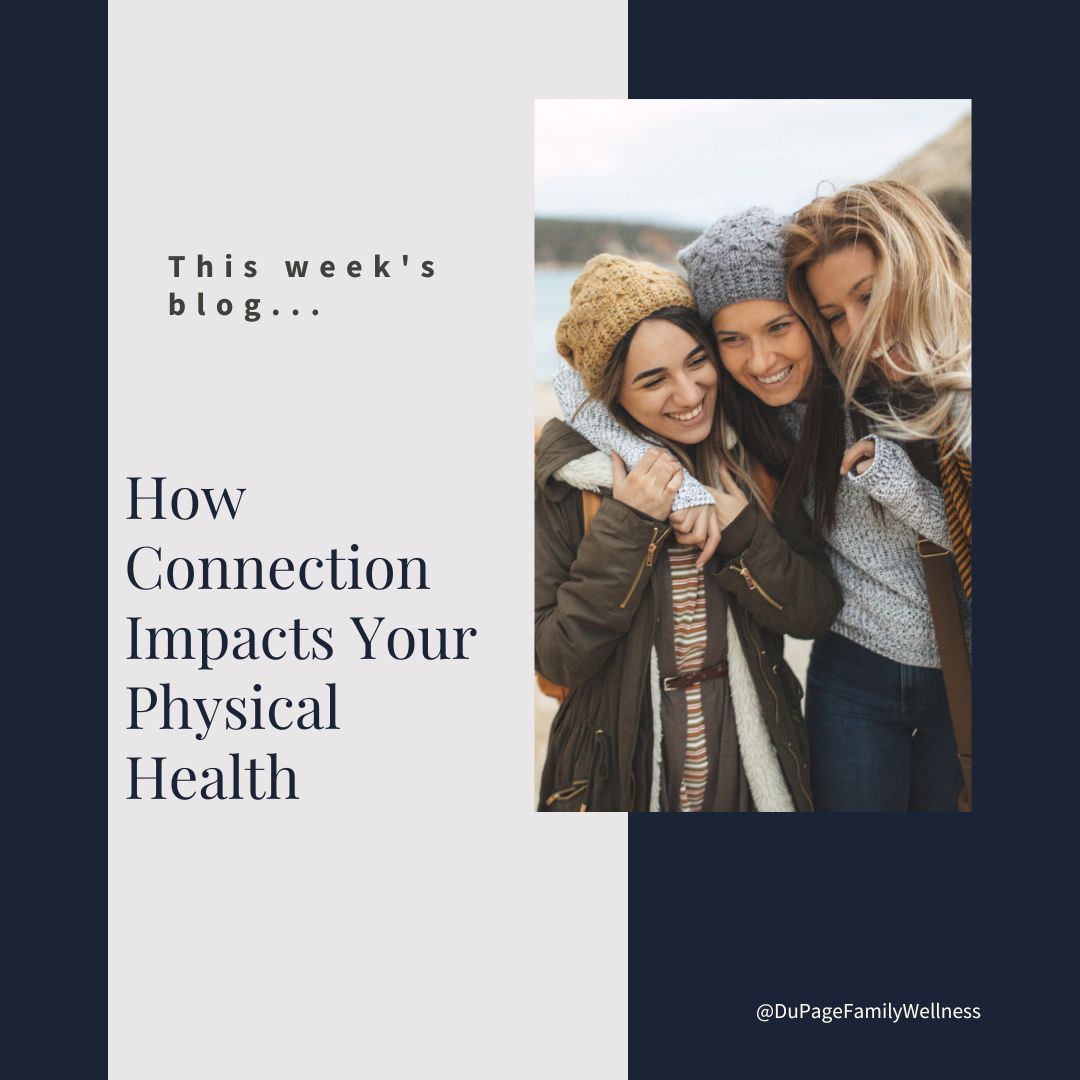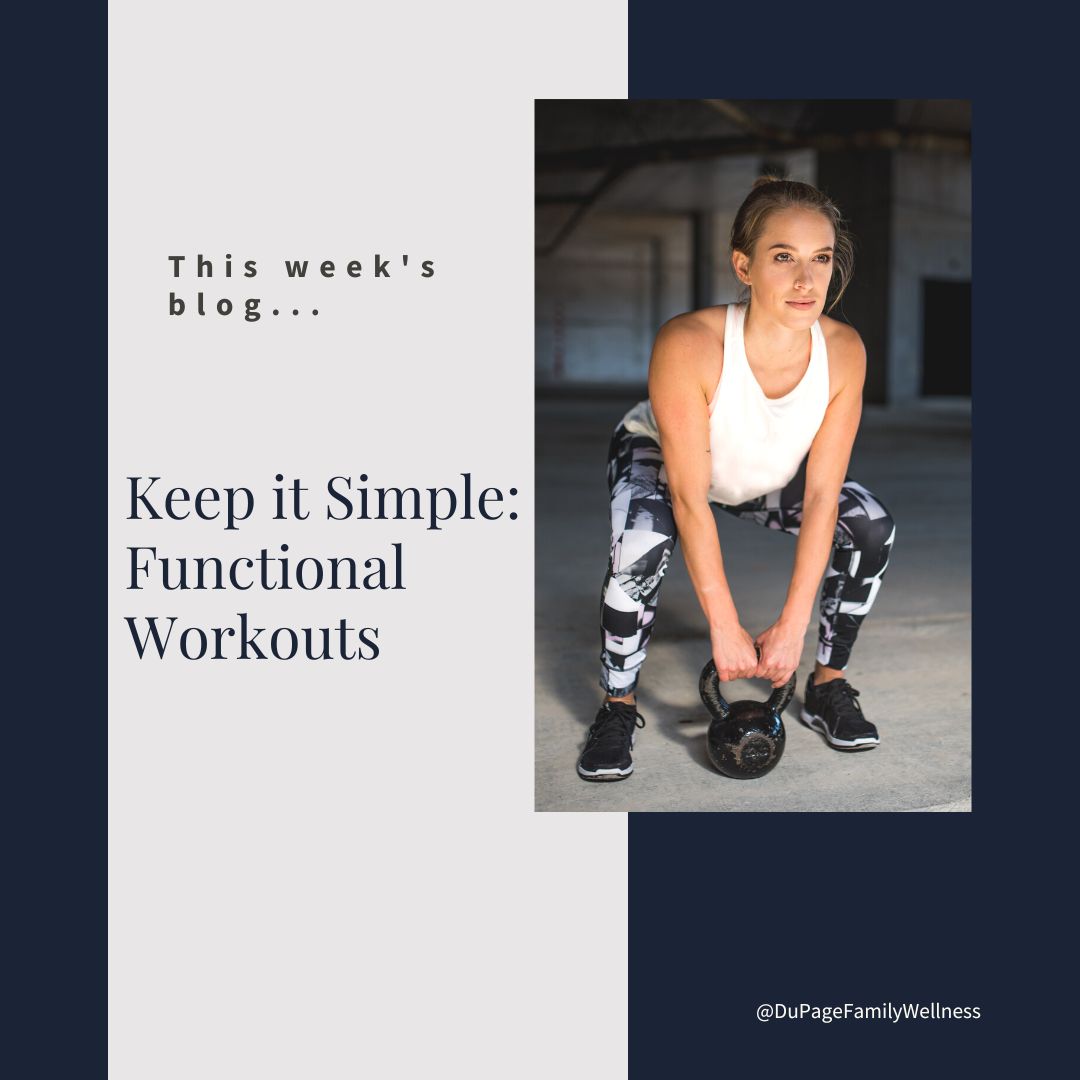
Did you grow up on Captain Crunch and Lucky Charms? If so, you may have changed this if you’ve decided to eat healthy. Now you may opt for Special K, Shredded Wheat, Raisin Bran or oatmeal, but what if I told you that those options are not that much healthier than the sugar cereals you grew up on?
If you read the ingredient list on any cereal box, it will likely include some form of added sugar, along with 20-30 ingredients. Many of these ingredients you may not be able to pronounce and they would not be considered “real food.” This is true of most “healthy” cereals as well.
Cereal and oatmeal primarily contain carbohydrates. It converts to glucose (sugar), giving you a surge of energy that only lasts for a couple of hours. To avoid the crash that follows this quick energy, breakfast should include long-burning fuel sources provided by proteins and fats.
Let’s look at some great options that will keep you full till lunch!
Leftovers
Leftovers from the night before can make a great breakfast. It’s easy and fast on a busy morning and hopefully contains lots of nutrition. While it may be unconventional, having leftovers is a good way to start the day.
Banana Pancakes
Two-ingredient Banana and Egg Pancakes are a great way to start the day. They are a delicious choice made from natural real-food ingredients and contain a protein to balance the fruit. You can make them ahead of time and store them for a couple of days in the refrigerator. Serve them with butter to add a healthy fat, and top with blueberries or strawberries for an extra bit of taste.
Breakfast Cups
Ham and Egg Breakfast Cups are a favorite simple delicious breakfast idea that can be made ahead of time. Once you are familiar with this recipe, you can play with it adding different meats and veggies to your liking.
Smoothies
Breakfast Smoothies can be made quickly and easily eaten on the go. They can provide a healthy mix of real food ingredients. You can add a scoop of protein powder and it will last you even longer.
Read more ...
 Enjoying social connections is more important for our health than most people realize! In fact, it can directly impact not only your mental health but your physical health as well!
Enjoying social connections is more important for our health than most people realize! In fact, it can directly impact not only your mental health but your physical health as well!
While most people think eating well, getting adequate movement, refraining from smoking, and limiting alcohol are the most important things you need to do to stay healthy, research shows that meaningful connection is extremely important too.
In a culture obsessed with hard work and accomplishments, social connections can feel like a luxury reserved for when the real work is done. But if we are truly putting our health first, connection is of utmost importance for both our physical and mental health.
Let’s look at some research that may lead you to add social connections to your list of healthy habits!
Social Connections Impact on Physical Health
It’s not hard to believe that those who feel more connected with others tend to have higher self-esteem, greater levels of empathy, and struggle less with anxiety and depression. But the extensive impact on physical health may come as a surprise to many.
According to Dr. Emma Seppala, the American Association for the Advancement of Science published a study that found that “a lack of social connection is a greater detriment to health than obesity, smoking, and high blood pressure.” A lack of social connections is actually linked to obesity levels, inflammation, and hypertension.
The health community needs to recognize the importance of connection as the healthy habits it is. When you look into the research, you will understand how crucial these connections are.
Show me the Research
Research done by Housekarl, Landis, and Umberson found that “studies… consistently show increased risk of death among persons with a low quantity, and sometimes low quality, of social relationships.”
Read more ...
 You know that eating veggies is important for your overall health! But sometimes it’s a hassle to run to the grocery store, clean the produce, and prepare a salad. It can get even more complicated if you are concerned about the pesticides used on conventional produce.
You know that eating veggies is important for your overall health! But sometimes it’s a hassle to run to the grocery store, clean the produce, and prepare a salad. It can get even more complicated if you are concerned about the pesticides used on conventional produce.
In the summer it can be fun to keep a garden for fresh lettuce, herbs, kale, etc. You may also be able to find a trusted source at a local farmers’ market. But in the winter, it can be hard to figure out.
The tower garden has been the solution for me. It is a great product that makes it possible to grow your own produce year-round. I want to share information about the tower garden, but I also want to share some of the great produce grown in my office with you!
What is a Tower Garden
A tower garden is a vertical garden that uses less soil and water than a regular garden. Mine has LED lights that surround evenly distributing light at all levels. Multiple types of plants are able to grow at the same time.
There are many brands of tower gardens to choose from. You can even build a tower garden on your own. I purchased mine from Juice Plus.
Benefits of the Tower Garden
In addition to the easy nutritious vegetables it provides, a tower garden has many other benefits.
- The aeroponic approach to gardening has been shown to produce an average of 30% greater yields and 3x faster growth times than other methods.
- A tower garden takes up to 90% less space than your typical garden.
- It gives you the benefits of homegrown produce without all the work of maintaining an outdoor garden.
- Those who are environmentally conscious will like the fact that greens grown by your tower garden means no transport to the grocery store and less trips for you, resulting in a lower carbon footprint.
- It also uses much less water than conventional farming.
- Nutrition and water are 100% recyclable in this closed system.
- No need for insecticides or pesticides.
Read more ...
 Are you sick of the cold weather and ready for spring to come? If you are like me, you can get a little stir crazy in the middle of winter.
Are you sick of the cold weather and ready for spring to come? If you are like me, you can get a little stir crazy in the middle of winter.
While I enjoy sledding and playing in the snow with my kids, it is a lot of work to get them ready! I find that we are not outside nearly as much when it’s cold. With this in mind, I have a challenge for you today.
I want to talk to you about the benefits of embracing extreme temperature exposures. You may be surprised to learn that practices like taking a cold shower or sitting in a sauna have many health benefits.
I invite you to come into this discussion with an open mind, no matter how much you would prefer to live in a steady warm climate year-round!
Our Ancestors
If you have been following me for a while, you may know that I often look at how our ancestors lived as a guide. There is a huge discrepancy between how our ancestors experienced the weather and how we experience it.
Our current society does not have the exposure to the elements that people did in our ancestors' time. We wake up in temperature-controlled homes, take warm showers, and even drive to work in comfortable cars that have been in the garage all night. Most of us work, live, and spend our time in buildings that maintain a very comfortable temperature.
This is much different than what our ancestors experienced. There were no grocery stores for our ancestors to pick up their food, but they still had to eat in the wintertime. This meant that they had to be out in the elements finding food to survive. Even when they were in their shelter with a fire going, it didn’t maintain a perfect 70 degrees temperature year-round.
Why it Matters
Our bodies have lots of systems in place to regulate our temperature - shivering, goosebumps, sweating, changes in metabolism, etc. It’s good for our bodies to practice using these systems.
If our bodies never have to challenge these systems, they likely won’t work as efficiently and effectively as if they were used regularly. While I am not suggesting we put ourselves in danger (frostbite, heatstroke, etc.), we do not want these systems getting too lax either.
Extreme temperature exposure benefits our mitochondrial function, immune system, fat storage, inflammatory levels, hormone production, cardiovascular system, blood sugar regulation, and detoxification.
Here is a great article as well as a scientific study with more details about hot and cold temperature exposure.
Read more ...
 It can be intimidating to walk into a gym to start a new strength training or weight lifting routine. Many people feel like they need to follow a specific program or hire a personal trainer. While those can be helpful, you can also just start with the basics.
It can be intimidating to walk into a gym to start a new strength training or weight lifting routine. Many people feel like they need to follow a specific program or hire a personal trainer. While those can be helpful, you can also just start with the basics.
Working out doesn’t have to be complicated. When I go to the gym, I focus on large muscle movements that mimic real life activities. It doesn’t take long, but I am strengthening my body in a balanced way.
If you are unsure where to start in the gym, here is what I am currently doing.
Upper Body
For the upper body I focus on push, pull, and press:
- Push - This can be as simple as push ups if you are at home with no equipment. If you do have equipment, you can do a bench press, a band press, or my favorite at the gym is to use the cable pulley machine to do a pushing motion. If those sound too difficult, a wall push up can be a easy place to start.
- Pull - If you are at the gym, you can use the seated row machine or the cable pulley machine to do an upper body pulling motion. Another option here would be to use a dumbbell or kettle bell for a bent over row. At home, exericse bands can be a great option to do a pulling motion.
- Overhead press - Here, use light dumbbells for an overhead press or a band (or my tried and true cable pulley machine with the pulley in the lowest position to the angle of my press is as upward as possible)
- Overhead pull - At the gym you can use the lat pull down machine, or you can use a pulley machine or pull a band with a downward motion. If you have a bar, this can be a pull up. If you can't do a pull up, you can use a band or chair to hold some of your weight.
Lower Body
For the lower body:
- Squat (I.e. standing from seated) - This can be done as simply as standing up from a chair or bench (air squats), or with weight (using a bar on shoulder for back squat, or dumbbells or kettlebells in hand)
- Deadlift (i.e. picking things up off the ground)- with a barbell, dumbbell, or kettle bell
Read more ...



 Enjoying social connections is more important for our health than most people realize! In fact, it can directly impact not only your mental health but your physical health as well!
Enjoying social connections is more important for our health than most people realize! In fact, it can directly impact not only your mental health but your physical health as well! You know that eating veggies is important for your overall health! But sometimes it’s a hassle to run to the grocery store, clean the produce, and prepare a salad. It can get even more complicated if you are concerned about the pesticides used on conventional produce.
You know that eating veggies is important for your overall health! But sometimes it’s a hassle to run to the grocery store, clean the produce, and prepare a salad. It can get even more complicated if you are concerned about the pesticides used on conventional produce.  Are you sick of the cold weather and ready for spring to come? If you are like me, you can get a little stir crazy in the middle of winter.
Are you sick of the cold weather and ready for spring to come? If you are like me, you can get a little stir crazy in the middle of winter.  It can be intimidating to walk into a gym to start a new strength training or weight lifting routine. Many people feel like they need to follow a specific program or hire a personal trainer. While those can be helpful, you can also just start with the basics.
It can be intimidating to walk into a gym to start a new strength training or weight lifting routine. Many people feel like they need to follow a specific program or hire a personal trainer. While those can be helpful, you can also just start with the basics.